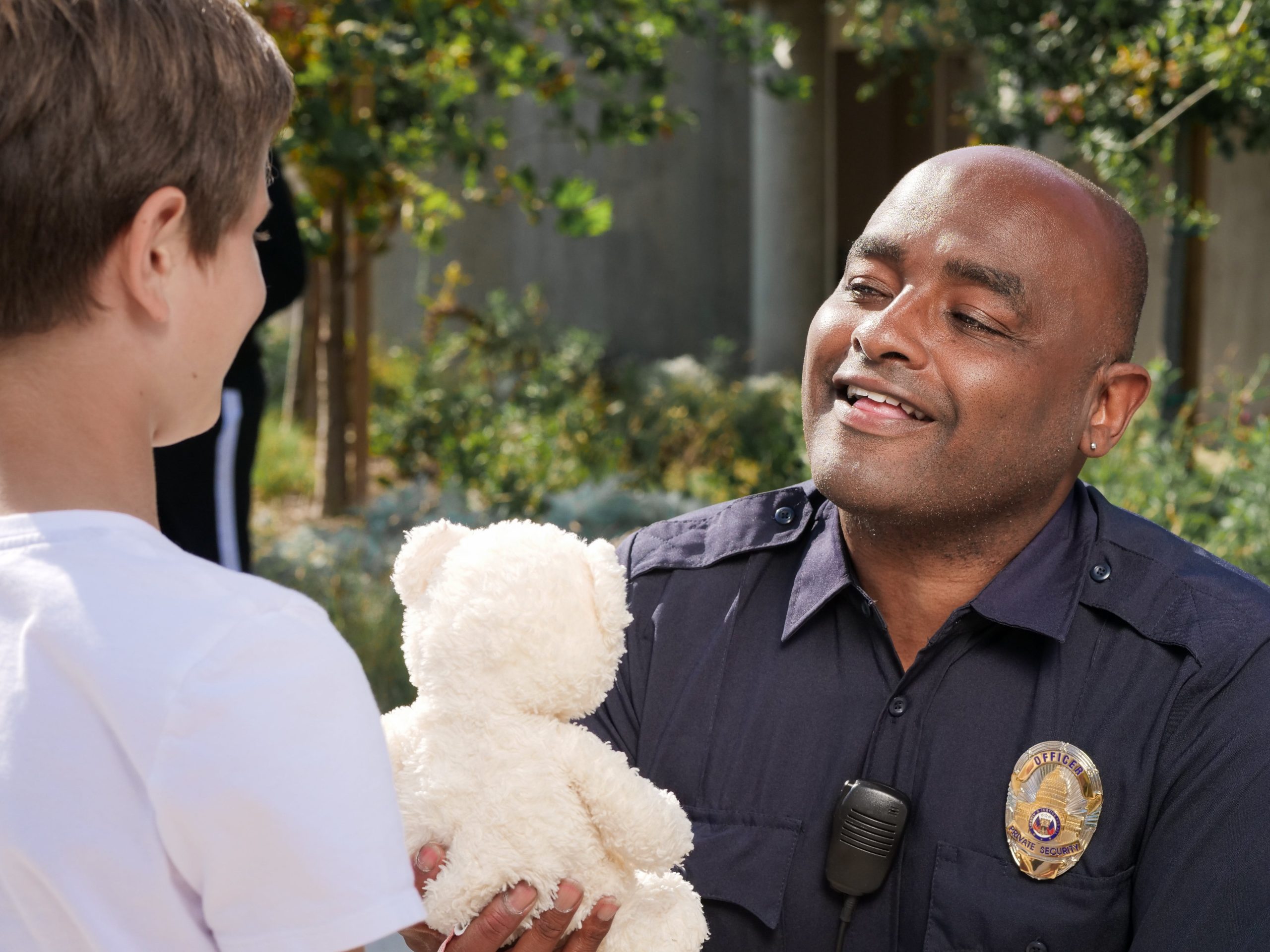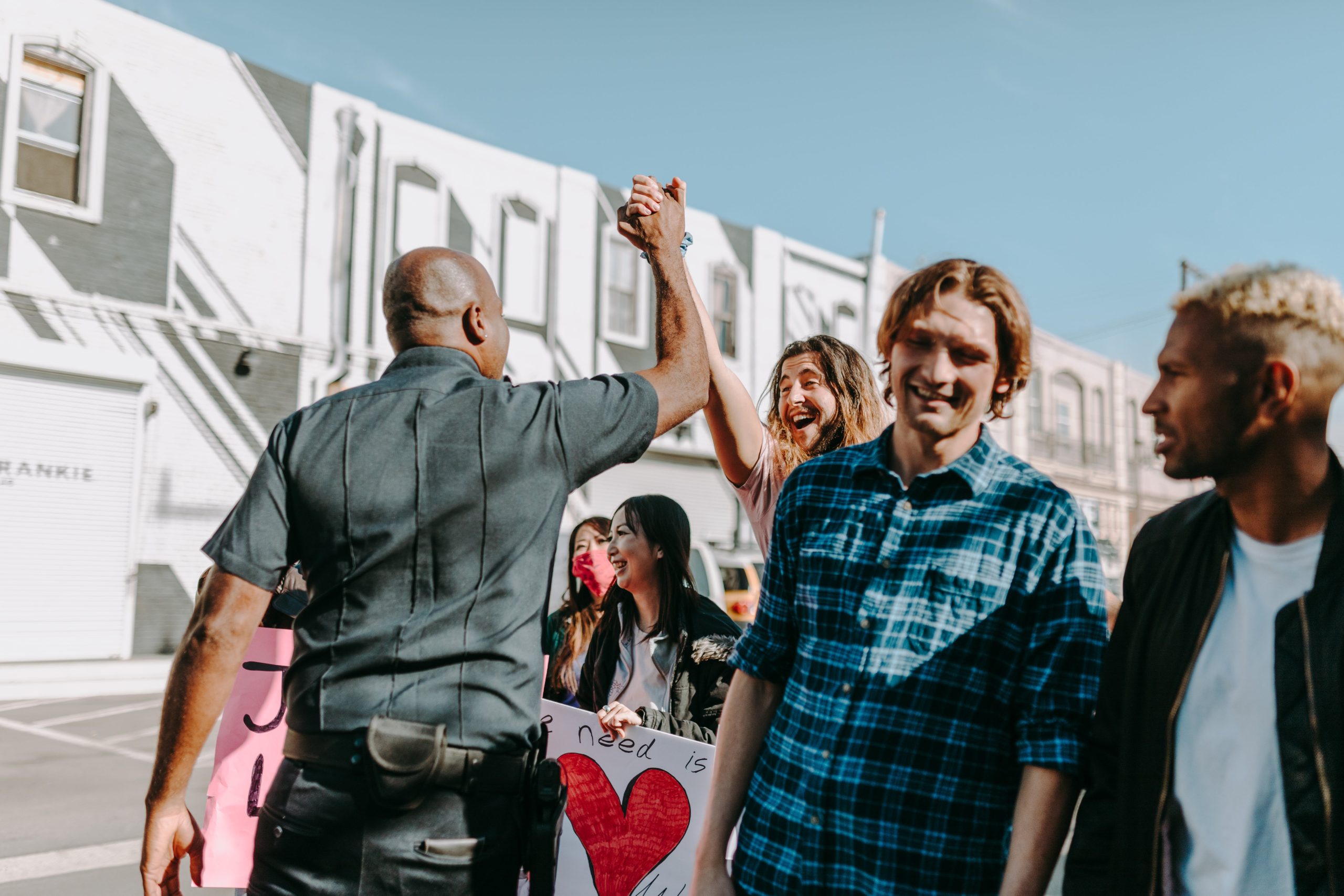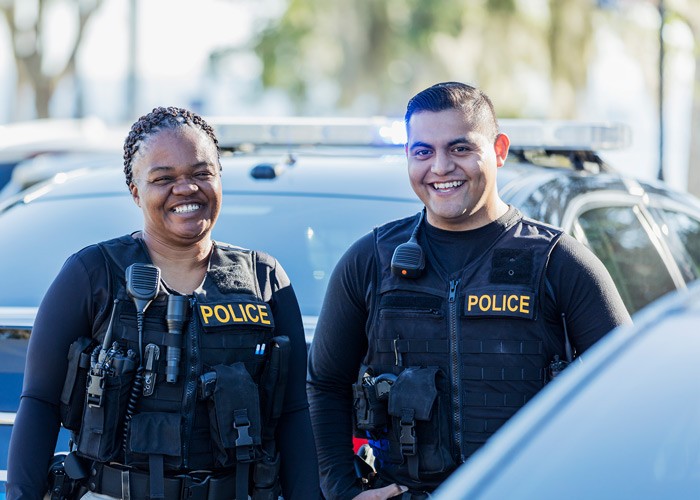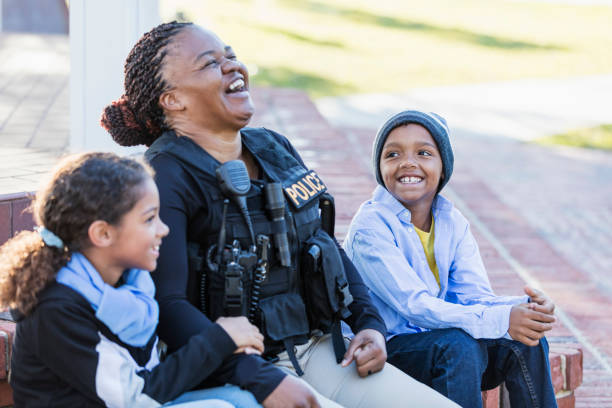To Serve and Connect: Building Community Bonds Through Engaged Policing
Public distrust and antagonism toward law enforcement have reached troubling levels across America. While concerning, this also presents departments with the opportunity for introspection, growth and resetting community relations through progressive engagement initiatives. This article delves into promising methods and examples of police leaders proactively building connections, transparency and goodwill at the grassroots.
The State of Community Bonds
Surveys indicate most citizens still desire a lawful, just society and value the role of police in providing public safety. Yet confidence has declined sharply following numerous high-profile incidents of apparent misconduct publicized through traditional and social media in recent years. Key statistics reveal the scope of the current crisis of confidence:
- Only 48% of citizens report having “a great deal” of respect for the police (down from 64% in the late 1990s).
- 61% believe officers are more likely to use excessive force on African Americans.
- 81% think officers are just as likely to shoot an unarmed black person as an armed white person.
- 87% of police say strained relationships with minority communities have made policing more difficult.
Additionally, over 75% of officers believe the public has little appreciation for the risks and challenges they face. With perceptions degraded on both sides, even routine interactions can escalate into hostility and confrontations. Constructive engagement initiatives are essential to restoring positive community bonds.
Why Community Policing Matters
Departments embracing the principles of community policing and creating authentic connections with those they serve reap multifaceted benefits:
1. Improved Public Perceptions
Seeing officers at community events, youth programs and local businesses humanizes police and builds familiarity. Positive interactions break down “us vs. them” barriers and foster mutual understanding.
2. Increased Tips and Cooperation
As communication and trust grow, more citizens share valuable information about crimes, provide evidence and serve as witnesses, leading to improved safety and case resolutions.
3. Reduced Complaints and Misconduct
When officers know area residents personally, they gain perspective and treat them with greater compassion and respect. This de-escalates tensions in difficult situations.
4. Greater Job Satisfaction
Officers engaged in problem-solving, relationship building and collaborative projects with communities find their roles more enjoyable and rewarding.
5. Local Priorities Addressed
Regular citizen input ensures police focus resources on resolving issues residents care most about like speeding, drugs, or juvenile crime rather than just responding to calls.
Promising Community Policing Initiatives
Various engagement tactics employed creatively by departments nationwide have produced noticeable results. Here are some outstanding examples to consider:
Coffee with a Cop
These informal community meetups at local coffee shops and cafes facilitate relaxed conversations between officers and residents. Citizens can get to know police in a comfortable setting and voice questions or concerns.
Front Porch Roll Call
Instead of mustering at the station, officers gather for roll call on front porches in different neighborhoods to interact with and reassure residents. Citizens see officers’ coordination and presence.
Food Truck Fridays
Parking police food trucks offering free food in underserved areas builds goodwill. Officers cook and serve while engaging with youth and families. Human connections develop.
Officer Next Door
Incentivizing officers to buy/rent homes in higher-crime areas of their city results in positive off-duty community contacts. 24/7 police visibility cuts crime.
Youth Advisory Councils
Establishing councils of teens and young adults from schools, youth groups and justice programs to regularly meet with police leadership fosters understanding.
Neighborhood Canvassing
Door-to-door surveys by officers obtain citizen feedback on issues and experiences. Data informs engagement plans and resources allocation.
Social Media Storytelling
Featuring officers’ narratives about positive community relations activities provides transparency. Adding real faces and voices from the department humanizes officers.
Ride-Alongs for Community Leaders
Inviting civic group heads, clergy, journalists and local officials on patrol drives and foot patrols gives them officer perspectives. Promotes empathy.
Joint Barbershop Forums
Informal discussions between officers and predominantly black and brown patrons at local barbershops build trust and share outlooks.
Community-Curated Training
Incorporating scenarios, videos and lessons from real residents’ memorable police encounters into training adds community voices and insights.
Citizen Advisory Councils
These independent citizen bodies (with subpoena power) provide oversight, hear complaints, review evidence and policies and recommend improvements. Boosts transparency and accountability.
LGBTQ+ Outreach Unit
Having specially trained, diverse officers dedicated to serving LGBTQ+ community needs improves relations and safety with this vital group.
Measuring What Matters
While numbers like arrests and response times are traditional metrics, community policing requires developing new performance indicators to capture improved community relationships, engagement, transparency, trust and satisfaction. Potential measures include:
- Community survey feedback ratings of police services, fairness, engagement and trust
- Number of positive informal police-citizen interactions logged
- Increased diversity in new police hires
- Quantity of community events attended and citizen participants
- Hours volunteering with community organizations
- Increased volume of tips and cooperating witnesses
- Reduced complaints and use of force instances
- Quantity of social media followers and engagement
- Representation on citizen advisory groups
- Website traffic and viewership on released incident footage
Focusing on these “soft” metrics aligns policing with community expectations and needs.
Addressing Challenges
While community policing has proven benefits, implementing sweeping changes has challenges requiring committed leadership:
- Realigning department mindsets and norms away from reactive, warrior mentalities toward service and de-escalation.
- Allocating adequate staffing and resources for sustained community programs separate from demanding 911 response operations.
- Achieving officer buy-in and enthusiasm for community engagement tasks.
- Ensuring community groups are representative and inclusive, not just activists.
- Codifying engagement initiatives in formal policy so they endure after leadership transitions.
- Securing sufficient funding for added civilian staff, training, technology platforms and programming.
- Measuring nebulous engagement gains like “trust” or “goodwill” instead of just quantitative results.
- Addressing underlying socioeconomic drivers of crime rather than overpolicing symptoms.
One Additional Idea: Community Surveys
If we truly want to build greater public trust, we must go directly to the citizens we serve to understand their perspectives and experiences. I recommend regularly conducting anonymous community policing surveys using tools like Officer Survey that gather candid feedback from local residents about their interactions with police, sense of safety, priorities and concerns. The insights gained would allow us to tailor our community engagement, training, and policies to be more responsive to the community’s actual needs and perceptions. By proactively seeking input and being open to criticism through such surveys, we demonstrate a genuine commitment to transparency, accountability and positive community relationships. This has proven effective for identifying issues early and driving measurable improvements that communities recognize and appreciate. With the current crisis of confidence in law enforcement, we cannot afford not to utilize every method possible to genuinely improve bonds with the public. Anonymous community surveys can be one powerful part of that effort, if we have the courage and humility to hear what citizens tell us.
Conclusion
While rebuilding community trust after decades of turmoil presents no easy fixes, a commitment to compassionate, tailored engagement initiatives can ultimately restore police legitimacy, cooperation and respect. When citizens see officers making positive impacts daily at the neighborhood level, perceptions will evolve.
By recombining core principles of service, justice and protection for all with 21st century communications and accountability, a renaissance of policing can occur. But it will require moral courage and perseverance by both police leadership and citizens.
The path forward lies in communities and their protectors proactively reaching out across divides to understand and uplift one another. With open minds, empathy and hard work, we can build connections block-by-block that light the way to a brighter future of mutual support and safety. The moment to take the first steps is now.
Sources:
Police culture | Pew Research Center
Community Policing Explained: Definition, Concept & Issues – Video & Lesson Transcript | Study.com






